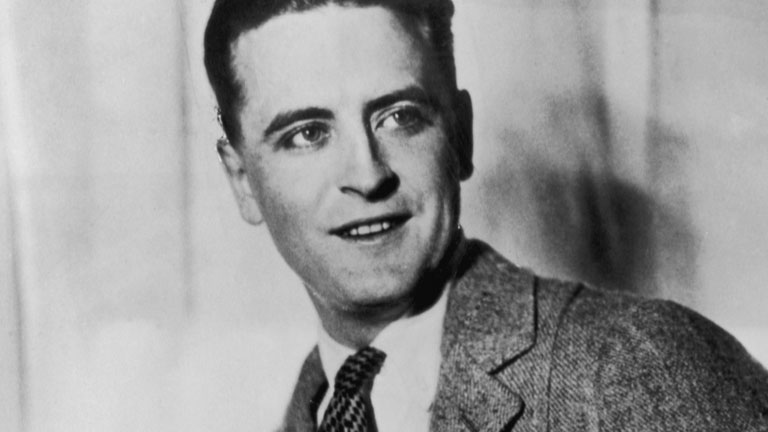
The country was in the midst of an unprecedented aging process, with people living far longer than ever before. As a country we were slow to recognize this, even slower in recognizing that aging, living longer, did (does) not equal being inactive, or unproductive, or, well, a lot of stereotypical thinking. In other words, it took us a while to get to ‘seventy is the new fifty.’
Much of this changed in 1991 when an emergency room doctor agreed to take a temporary post running a nursing home in upstate New York. That doctor, Bill Thomas, a Harvard trained physician, found his new post gloomy and depressing. In a stroke of genius and/or desperation he broke state zoning laws by bringing in two dogs, four cats, hens and rabbits, one hundred parakeets, and hundreds of plants. He started a vegetable and flower garden, and established a day-care site for the staffers’ children.
The results were immediate – the residents improved rapidly; wheelchairs were discarded; social interaction 
Dr. Thomas’ innovations have been adopted by more and more facilities over the last decades, now new facilities are being designed to incorporate his ideas. The aged have never had so many options, so much hope.
F. Scott Fitzgerald famously wrote “. . .there are no second acts in American lives . . .” When he was at his best and most prolific the life expectancy of men was around 56, woman around 59. There was, obviously, very little room for second acts.
In the past week or so, I’ve posted articles on Facebook about people in their 70s, 80s, even 90s doing and achieving incredible things. With medical advances and our much, much longer life spans, more and more of us have an opportunity to explore ‘second acts’, perhaps even third acts.
This is something we need to plan for. We get caught up – as we must – in the financial aspects – complex as they are – of elder care planning. That’s important, vitally so, but we should be equally concerned with our ‘second acts’, the quality of our latter years.
There have never been more opportunities for the elderly than there are now and they will only increase. This is quickly becoming an exceedingly important part of the planning process.

